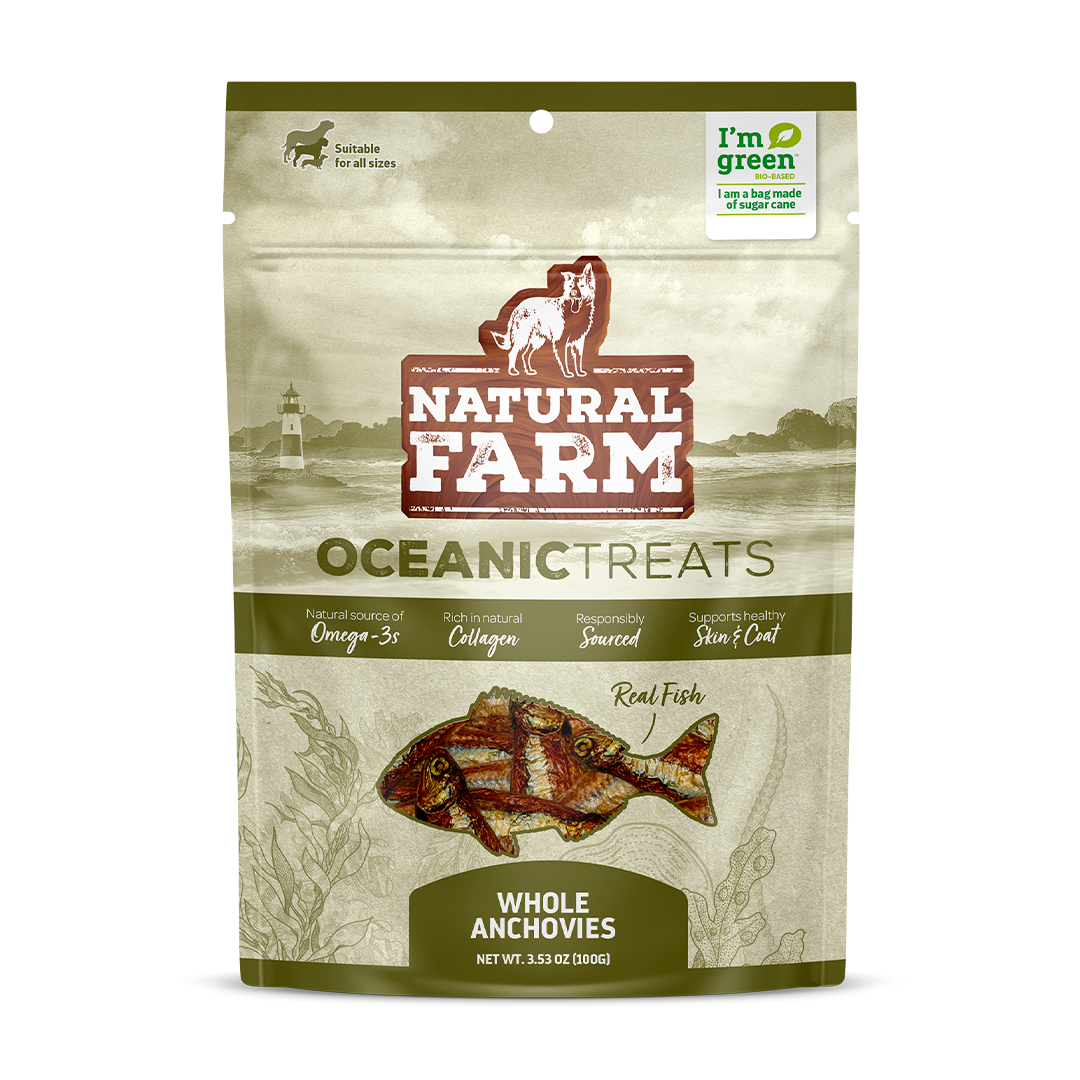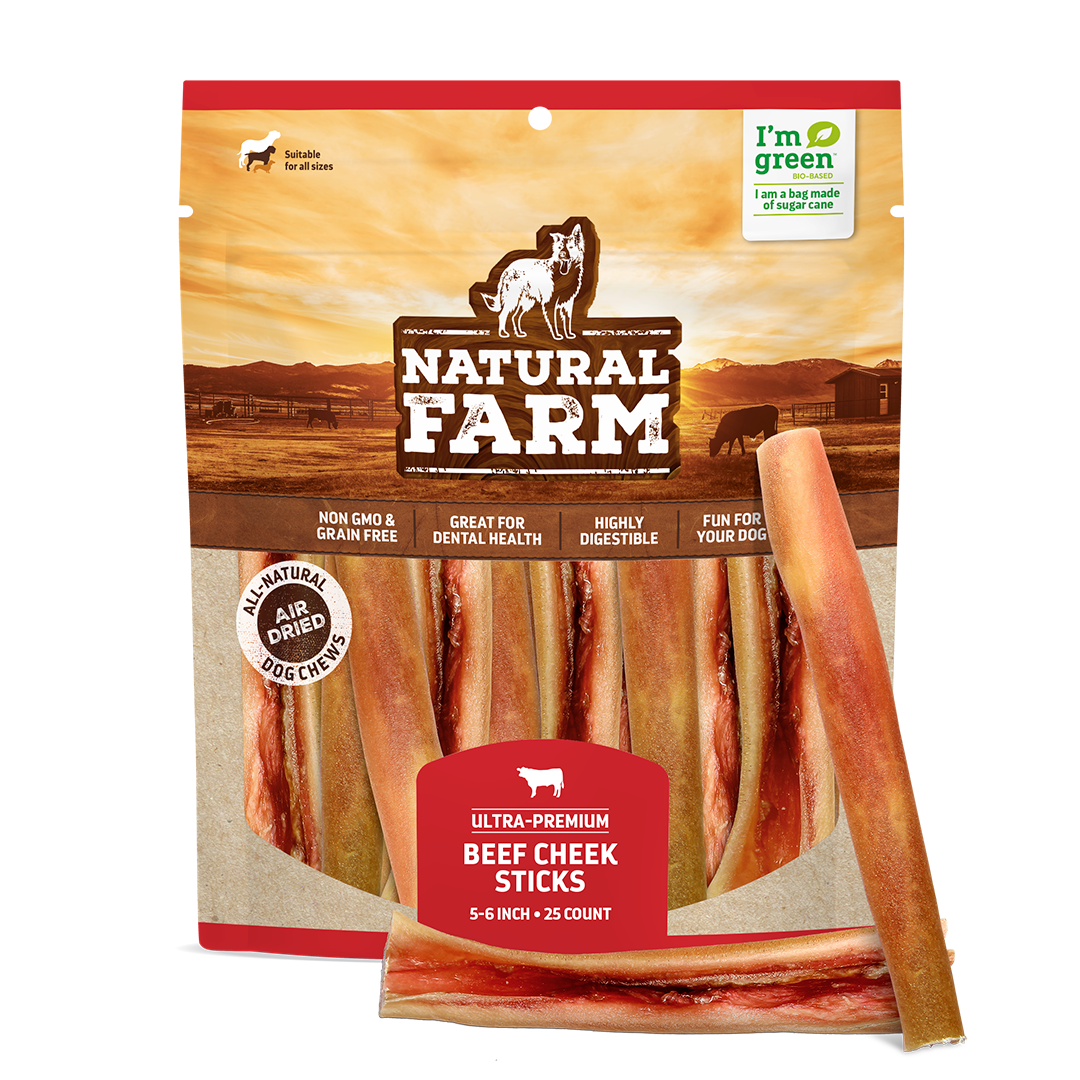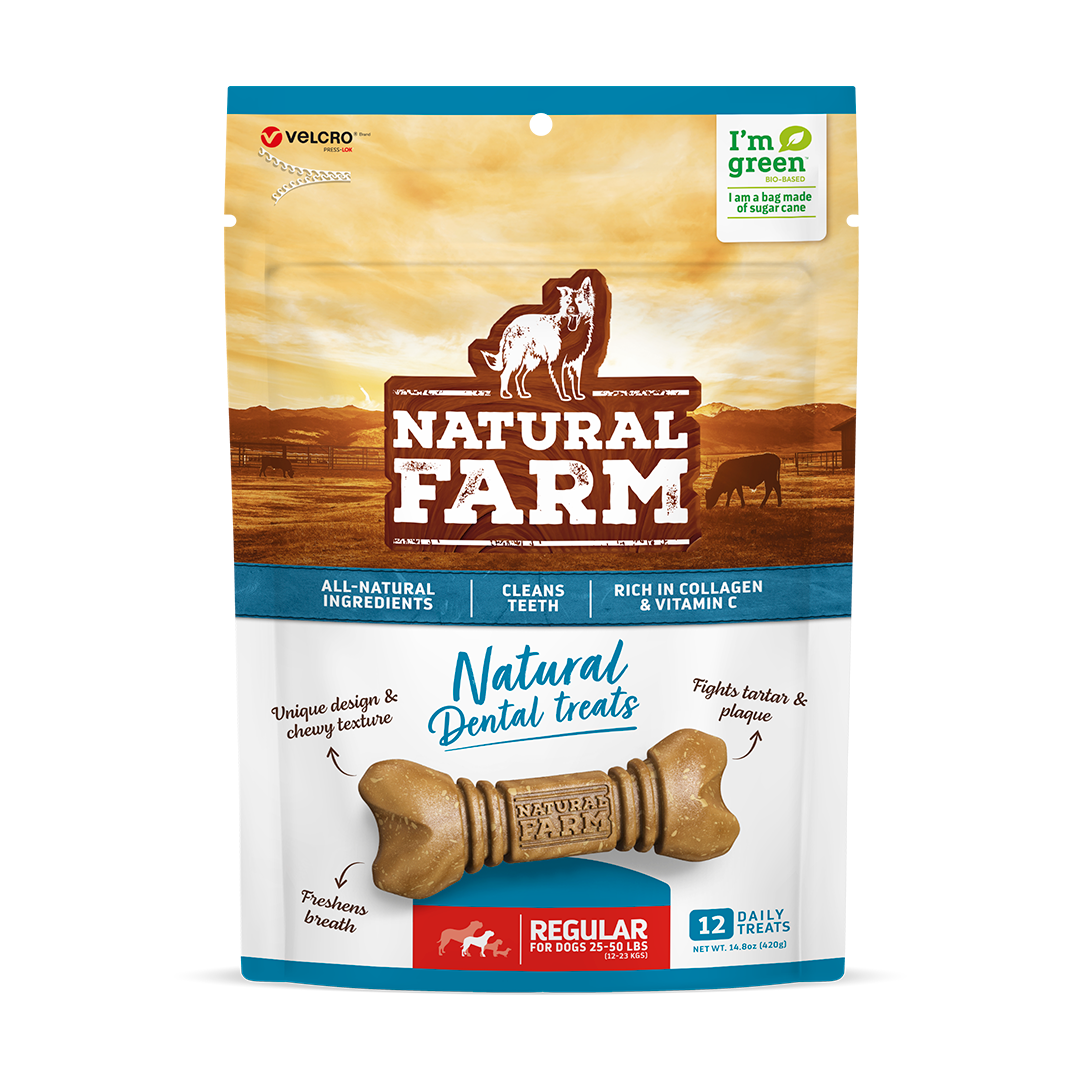Author: Natalie Szymiczek
Regular grooming keeps your dog healthy, happy, and oh-so-cute. Whether you've got a fluffy furball or a sleek, shiny pooch, grooming isn’t just about looking good—it's about feeling good too!
Each breed comes with its own grooming needs, varying from low-maintenance routines to almost daily pampering sessions. Thankfully, there is a lot you can do at home to groom your dog, and trips to expensive doggy salons aren’t always necessary. At-home grooming saves you money and strengthens your bond with your furry friend!
Here are some important tips to keep in mind for at-home grooming.
Do’s of At-Home Dog Grooming
1. Start with the Right Equipment
Before you embark on your at-home grooming adventure, make sure you have the right tools. Here's a list of must-have grooming equipment to ensure your pup looks and feels their best:
- Brushes: Invest in a good quality brush suitable for your dog's coat type. Slicker brushes are effective for removing mats and tangles in long-haired breeds like Golden Retrievers, while bristle brushes are great for smoothing and shining shorter coats like Labrador Retrievers.
- Combs: Choose a comb with both wide and narrow teeth to tackle different areas of your dog's fur. A flea comb can also come in handy for removing pesky parasites and debris. Make sure to always brush before combing.
- Nail Clippers: Opt for a pair of nail clippers specifically designed for dogs. There are two main types - guillotine-style and scissor-style. Pick whatever you feel the most comfortable using. If you are not comfortable clipping your dog’s nails, leave it to the professionals. You can also ask your veterinarian to teach you how to do it properly at your dog’s next appointment.
- Shampoo: Select a gentle, dog-specific shampoo that suits your pup's skin type. Avoid using human shampoos as they may contain ingredients that could irritate your dog's skin.
2. Establish a Routine
Regular grooming keeps your dog looking and feeling their best. For dogs with anxiety, keeping a consistent routine can help desensitize them to the process. Without regular grooming, your dog may develop mats, tangles, or skin issues - so it’s important to stay consistent.
Consult breed-specific grooming guidelines or seek advice from your veterinarian, especially if your dog is a mixed breed and their grooming needs are unclear.
3. Brushing Basics
Regular brushing helps reduce shedding by removing loose fur before it has a chance to decorate your furniture and clothing.
- For Long-Haired Dogs: Start with a slicker brush to gently remove mats and tangles, then switch to a bristle brush for a smooth finish that'll make heads turn at the dog park.
- For Short-Haired Dogs: A simple rubber curry brush or grooming mitt will do the trick for these sleek pups. Use short, gentle strokes to remove loose hair and give their coat a glossy sheen.
4. Bathing Tips
Ah, bath time—some dogs love it, while others avoid it like the plague. Regardless, it needs to be done every 4-6 weeks (for most dogs). Note that overly frequent bathing can strip your dog's skin of its natural oils, so be mindful of their individual needs.
A few more tips:
- Brush before bathtime. Water can make tangles and mats worse, so it’s best to brush those out before getting wet.
- Keep water away from your dog's face and ears. You can use wet wipes to clean these areas instead! This prevents soap from irritating their eyes and reduces the risk of ear infections caused by water entering the ear canal.
- Put down a non-slip mat or a spare towel in the bathtub to prevent slipping and help them feel more secure.
- To keep your dog calm and occupied during grooming, try spreading a small amount of peanut butter on a tile for them to lick while you clean them up!
5. Nail Care
Just like humans, dogs' nails can grow too long, leading to discomfort and potential injury. Long nails can cause various issues for your dog. They may start to curl, making walking painful and affecting their posture. In severe cases, overgrown nails can even pierce the paw pads, leading to infections.
Trimming your dog's nails at home can seem daunting, but with patience and the right tools, it's manageable. Invest in high-quality dog nail clippers and familiarize yourself with your dog's nail anatomy to avoid cutting too short and causing bleeding.
Start by getting your dog accustomed to having their paws touched and manipulated. Use positive reinforcement and treats, like these fish treats, to create a positive association. When you're ready to trim, use a calm and gentle approach. Only trim the tip of the nail, avoiding the quick, which contains blood vessels and nerves.

6. Start with a Healthy Foundation
A healthy diet can naturally support healthier skin and coats in dogs, working from the inside out. Glucosamine, chondroitin, collagen, and Omega 3s are examples of nutrients found in a variety of Natural Farm’s all-natural chews, treats, and bones, working to support healthier skin and coats in our canine companions.
Be sure to check out our Collagen, Trachea, Gullet, Cheek, and Oceanic lines which naturally contain these sorts of nutrients and offer options for every dog. What’s even better is that these chews are packed flavor, making them irresistible to pups.

Don’ts of At-Home Dog Grooming
Just as important as the “do’s” are the things NOT to do while grooming your dog at home.
1. Avoid Improper Handling
Some dogs are particularly resistant to grooming. Perhaps they’ve had a bad experience in the past, or they just don’t like the sensation of being wet or having their hair brushed. Just like humans, dogs have unique sensory profiles and some are more sensitive than others.
Make sure to be respectful and handle your dog gently during grooming sessions. Excessive restraint or pressure can lead to fear, anxiety, and even physical harm. Prioritize patience and kindness to build trust, ensuring grooming sessions remain stress-free and enjoyable for both you and your furry companion.
2. Say No to Human Products
As much as you may be tempted, do not use human products, such as shampoos, conditioners, and soaps on your dog. These products may contain ingredients that can harm or irritate your dog’s skin. Remember that dogs don’t know to close their eyes, and the chemicals may sting. Make sure to use dog-specific shampoos and conditioners that are tailored towards your dog’s breed.
3. Mishandle Ear Care
Some dogs have ears that almost never need to be cleaned, while others need regular care. Dogs with long ears, such as Cocker Spaniels and Basset Hounds, are more prone to dirt buildup that can lead to ear infections. While there are plenty of dog ear cleaners available, it’s best to discuss ear care with your veterinarian. Over-cleaning the ears or cleaning them while they are infected could make the infection worse.
4. Don’t Forget Dental Care
Dental care can and should be done regularly at home. Like humans, dogs can develop plaque buildup on their teeth, leading to cavities and decay. At a bare minimum, your dog’s teeth should be brushed three times a week, with a pet-specific toothpaste.
In addition to regular brushing, it is safe and recommended to provide your dog with plenty of opportunities to chew. Chewing bones and chews aids in gently scraping away tartar and plaque from your dog's teeth while also freshening their breath. Additionally, it stimulates the production of saliva, which naturally helps wash away food particles and bacteria.
Check out our Dental Treats, designed to offer both entertainment and dental care for your furry friend.

Conclusion
Remember that by grooming regularly, you are keeping your dog healthy and happy. Grooming should be a calm activity that helps build your connection with your furry friend. If you ever feel like it is stressful or difficult, ask your veterinarian for advice.
Make sure to check out our online store for all-natural dog dog bones, chews, and treats including our all-natural dental treats, to help with your doggy grooming routine!




